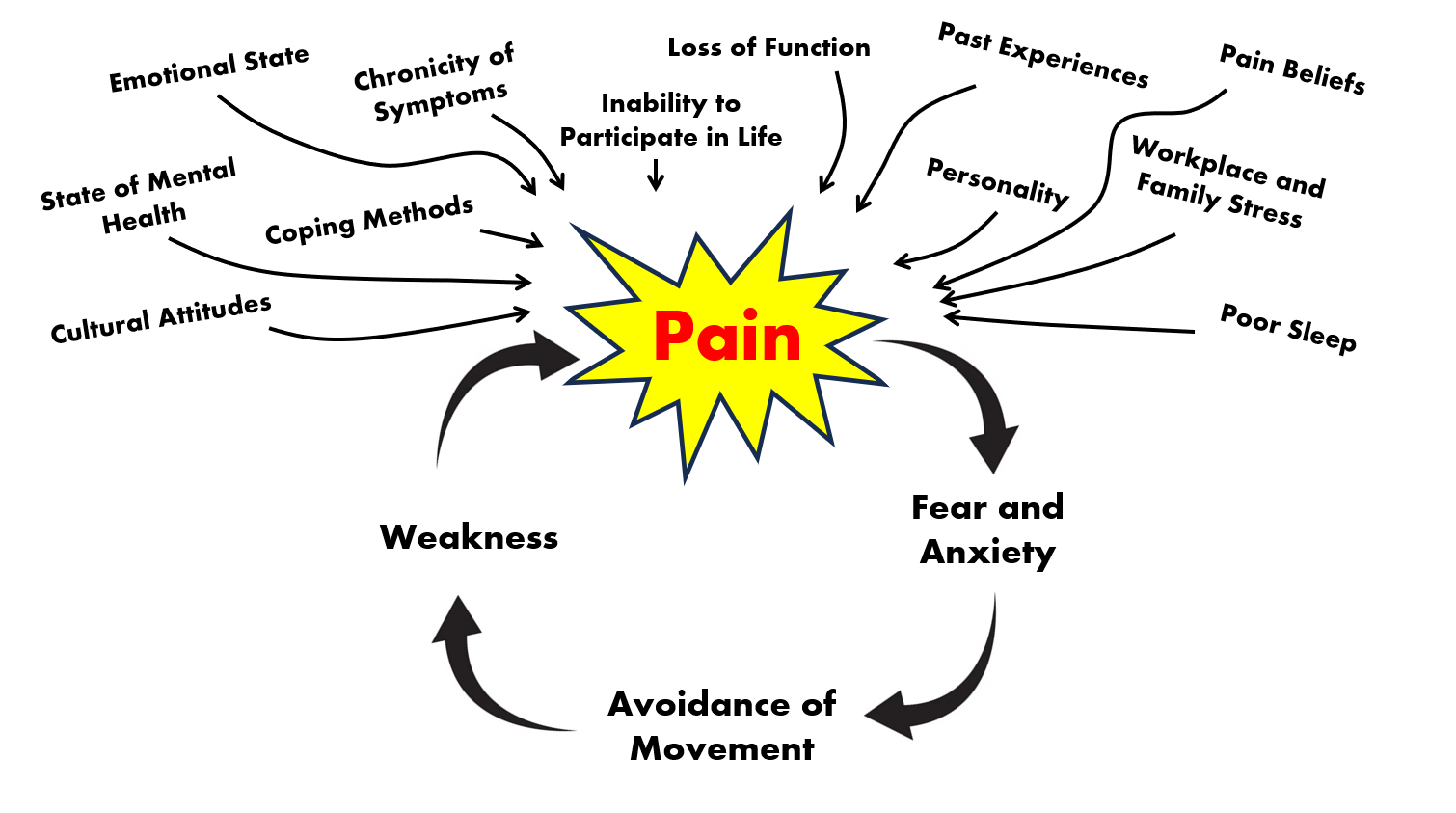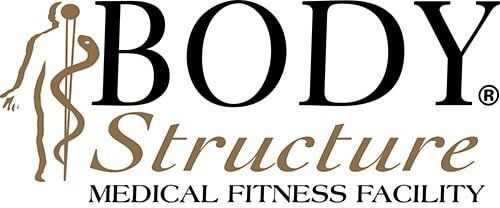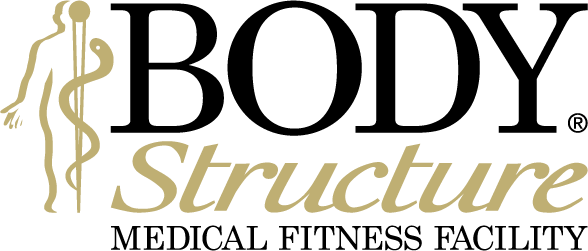Psychosocial Aspects of Pain Cycle
Therapy and the Psychosocial Aspects of a Pain Cycle

For centuries, traditional Western medicine has historically understood pain through largely anatomical models. This line of reasoning is simple enough to understand: if you are experiencing pain, it is because some tissue or structure in your body is either damaged or otherwise dysfunctional. Under this model, the appropriate way to address pain would be to repair, rehabilitate, or otherwise attend to the dysfunctional tissue. Failing that, drugs may be prescribed to alleviate symptoms causing pain (e.g., inflammation) or to alleviate pain itself (e.g., analgesics, opioids).
Physical therapists laboring under this model understood that the presence of pain could initiate a vicious feedback loop. In this cycle, a person is further and further debilitated by fear, anxiety, and subsequent fear-avoidant behaviors that result in weakness and further pain and dysfunction.
While still frequently beneficial to patients, this treatment paradigm was incomplete. Today, ever-increasing bodies of scientific literature support the biopsychosocial model of pain. We now know that while pain is indeed often linked to tissue damage, it is also highly influenced by both internal and external factors such as a patient’s attitudes, beliefs about pain, emotional state, and sources of stress. An example: imagine that you stub your toe while enjoying brunch with your closest friends during a sunny weekend morning. Now imagine that you stub your toe with same amount of force, but while returning home after a long, stressful workday as you fumble with your keys on your pitch-black patio. In both scenarios, the same small amount of tissue damage has occurred, but one scenario is likely to be much more painful.
Written by Dr. Matt Cha






















